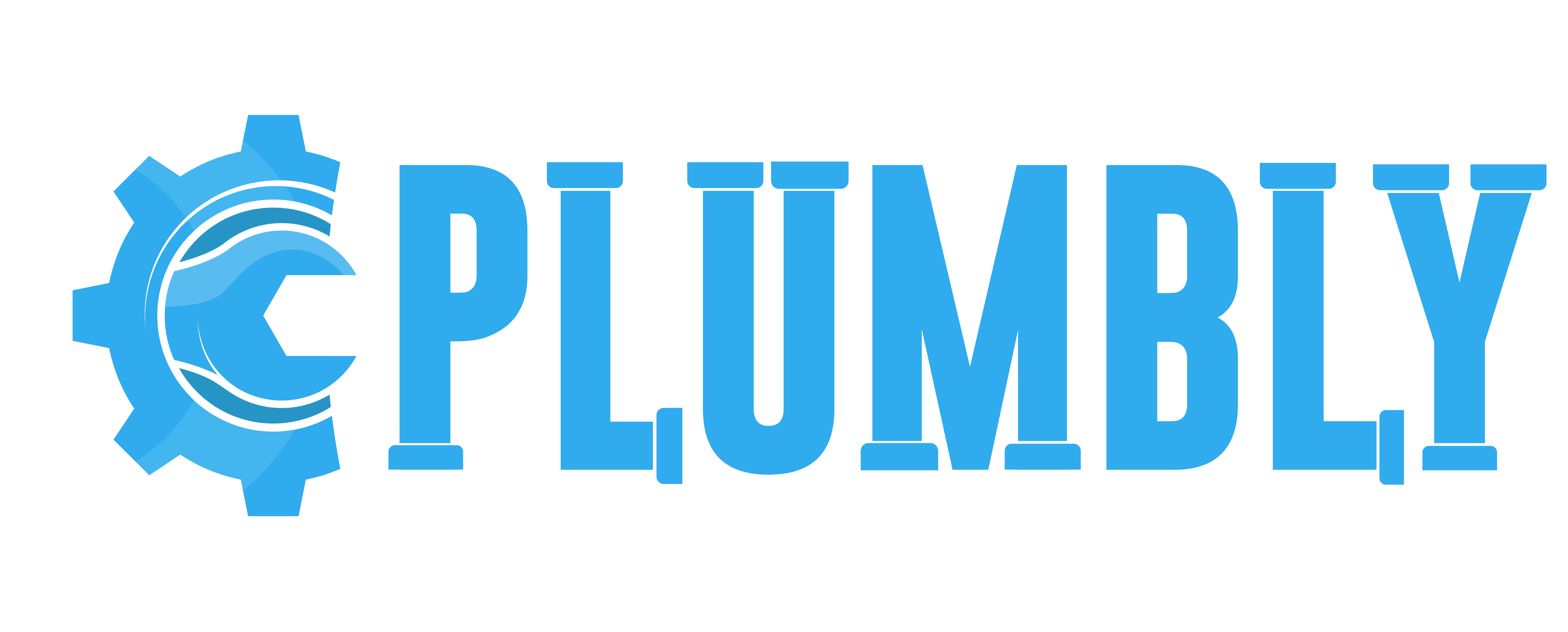Plumbing problems can be aggravating, especially from a botched DIY project. While DIY plumbing projects can save you money and be enjoyable, they can also result in costly repairs if done incorrectly. Fortunately, many DIY plumbing errors are repairable. Continue reading to learn about some of the most common DIY plumbing blunders and how to correct them.
Water Damage:
Water damage is one of the most essential concerns of DIY plumbing repairs. A minor error, such as a defective pipe connection or inadequate sealing, can soon escalate to leaks, flooding, and significant water damage. Water damage repair can be costly and time-consuming, necessitating professional aid to correct structural flaws and avoid mould growth. By outsourcing your plumbing repairs to professionals, you can reduce the likelihood of water wreaking havoc on your house.
Health and Safety Hazards:
Plumbing repairs without the necessary knowledge and tools expose you to various health and safety risks. Plumbing systems comprise pressurized pipes, potentially hazardous substances, and electrical components. Mishandling any of these elements can result in injuries such as burns, wounds, electrical shocks, and poisonous material exposure. Professional plumbers handle such dangers, employing proper safety precautions and protective equipment to ensure your safety during the repairs.
Hidden Complications:
What appears to be a simple plumbing problem on the surface may conceal intricacies only an expert can detect. You may ignore critical elements or misdiagnose the problem with sufficient training and experience, resulting in partial or efficient fixes. A skilled plumber has the knowledge to thoroughly examine the situation, uncover any hidden issues, and suggest a practical solution that addresses the root cause of the problem.
Voiding Warranties:
Warranties cover many plumbing fixtures and appliances, which can be void when doing unauthorized repairs. Manufacturers frequently demand professional installation or repair to keep these warranties valid. By trying DIY repairs, you risk voiding the warranty and being held liable for future repair or replacement costs. Hiring a certified plumber not only protects security but also provides peace of mind because of their experience and assurances of the job.
Time and Cost:
While numerous DIY errands are embraced fully with the intent of saving cash, plumbing fixes can immediately turn into a tedious and expensive undertaking. Assuming you develop more proper skills and tools, a basic repair could rapidly transform into a huge problem that requires professional intervention.
Furthermore, DIY mistakes might cause extra damage, considerably increasing repair expenses. You may prevent additional charges, ensure prompt completion, and focus your energy on other elements of your life by employing a plumber from the start.
How to Avoid DIY Plumbing Mistakes
If you want to avoid having to figure out how to remedy DIY plumbing blunders, try some of our best plumbing prevention tips:
- Before attempting any projects, educate yourself.
- Plan to ensure you have the necessary measurements, tools, and materials.
- If you require clarification on a specific project component, seek expert guidance.
- Wear adequate protective equipment, turn off electrical sources near water, and exercise caution to avoid accidents or injury.
- Begin with small chores before progressing to more complex undertakings.
Conclusion:
While the promise of saving money and putting matters into your own hands is appealing, consider the risks of DIY plumbing repairs. Water damage, health risks, hidden issues, warranty voiding, and the possibility of higher expenses are all severe concerns when attempting plumbing repairs without the proper skills. By utilizing a competent plumber, you protect your property and prosperity and guarantee productive and dependable maintenance. Thus, the next time you have a plumbing problem, go with the wise choice and hire an expert!
FAQ’S
What are the safety measures for plumbing?
Plumbers should swap duties and take a brief break every 30 minutes, according to the federal Occupational Health and Safety Administration. Other safety considerations include keeping tools in good operating order, utilizing GFCI-protected power tools to minimize electrical shock, and using air monitors in oxygen-deficient areas.
What is a hazard associated with plumbing work?
There is a risk of eye damage from flying particles. Slips, trips, and falls, especially in moist situations. Hot equipment parts, steam lines, and the release of hot water or steam all cause burns. We are working with various tools (both hand and powered).
What is the hardest thing in plumbing?
The Actual demands of the job are one of the most troublesome parts of becoming a plumber. Plumbers often work in bound areas, for example, unfinished plumbing spaces and upper rooms, and they might move and oversee huge pipes and equipment.


